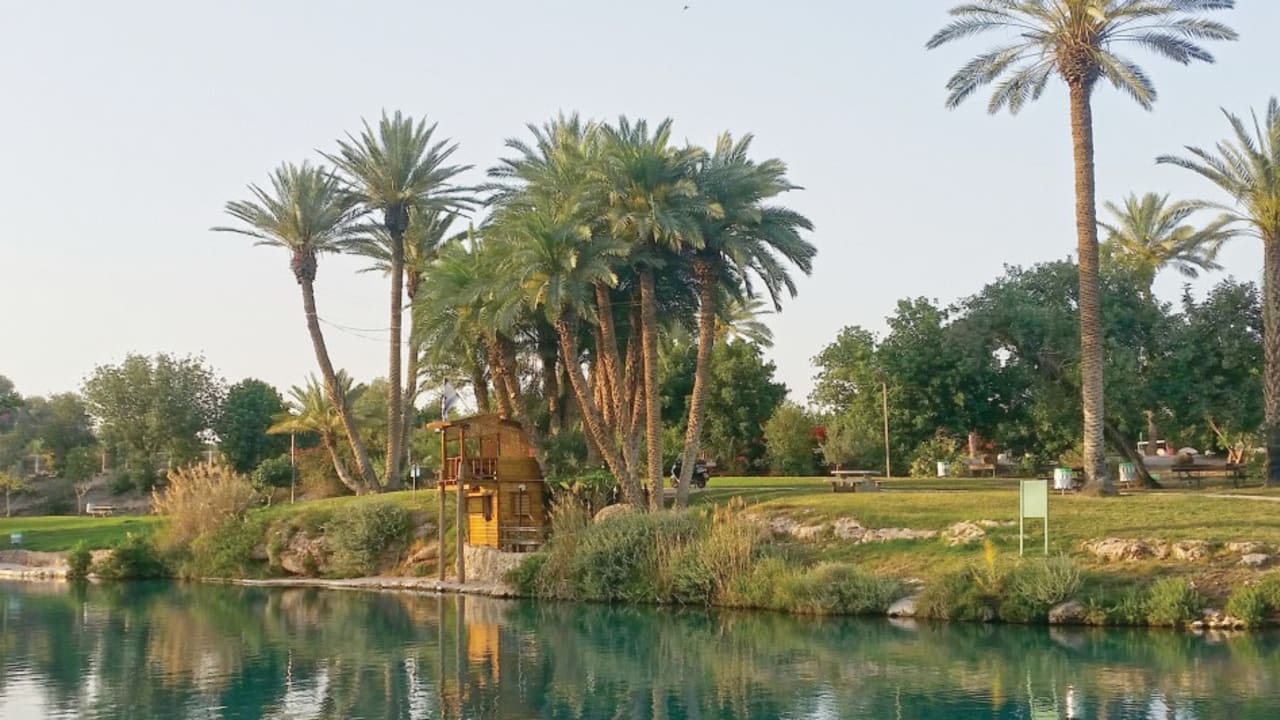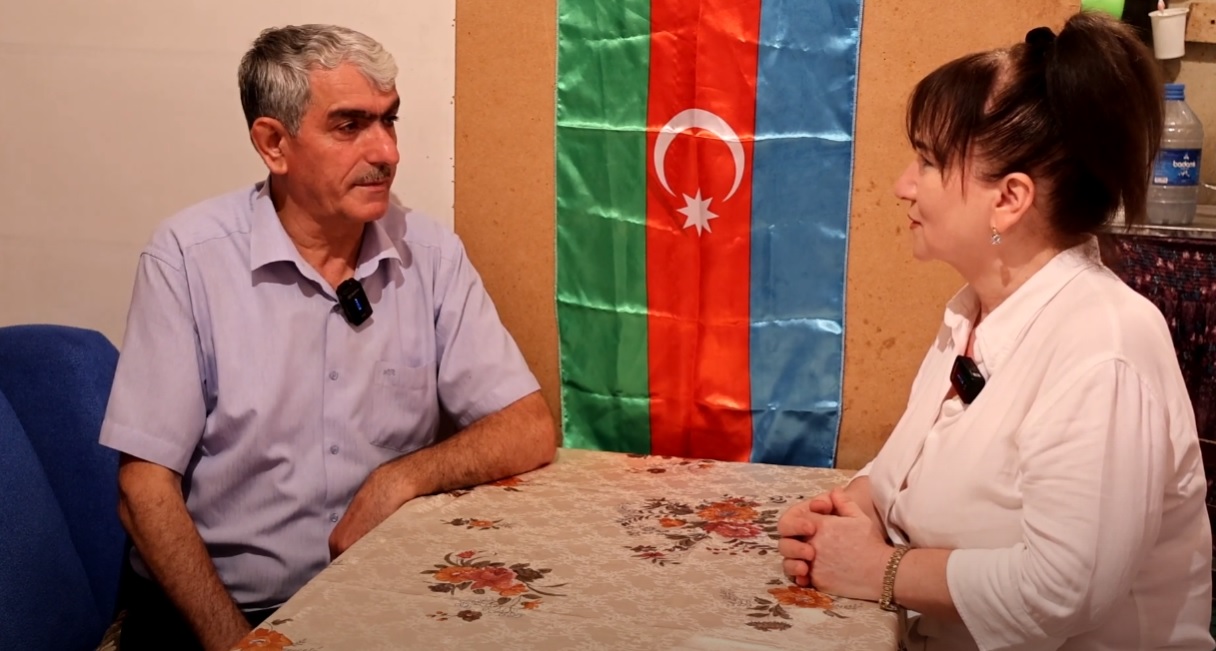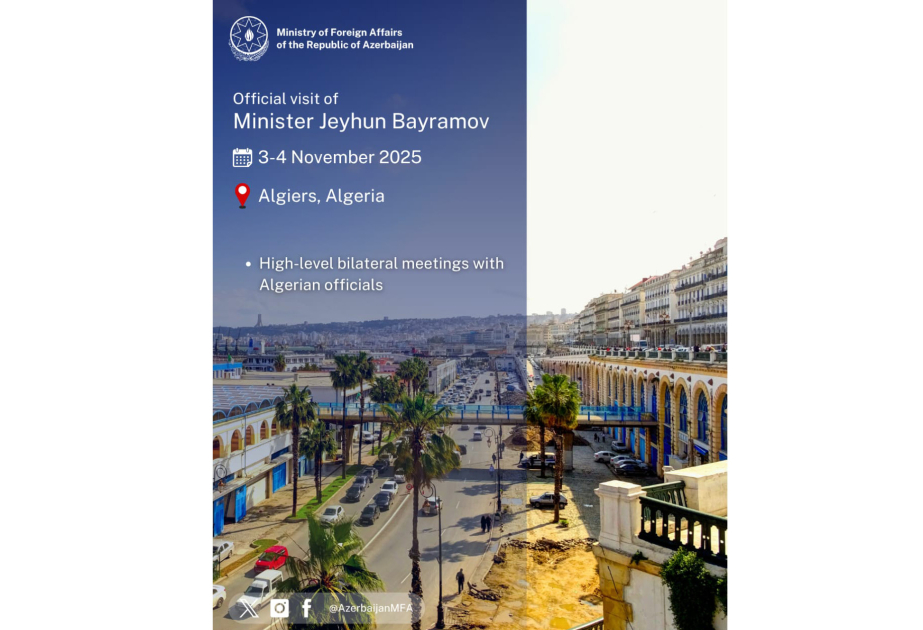ByJERUSALEM POST STAFF
The petroglyphs, created by ancient Hawaiians between 500 and 600 CE have reignited interest in Hawaiian history and the need to preserve this cultural heritage.
Due to natural coastal processes such as shifting sand and ocean currents, a collection of ancient petroglyphs has once again seen the light of day. The petroglyphs in Oahu were dated to around 1,000 years ago. Their newfound visibility has reignited interest in Hawaiian history and underscores the urgent need to preserve this rich cultural heritage.
In front of a US Army recreation center—where access is closely monitored and primarily reserved for those affiliated with the military—archaeologists identified a total of 26 petroglyphs. These figures are believed to have been carved after the first migration of Polynesian people to the Hawaiian Islands, occurring in the 10th to 11th century CE. The area is managed by specialists and archaeologists who ensure the proper stewardship of these cultural resources, said Nathan Wilkes from the US Army Garrison Hawaii, according to Heritage Daily.
The petroglyphs consist mainly of anthropomorphic stick figures, with some notable exceptions. Two particularly rare depictions include figures with fingers, a feature uncommon in Hawaiian petroglyphs. Glen Kila, a Native Hawaiian cultural practitioner and expert on local culture and history, has offered insights into these unique carvings. In a 2017 interview with the US Army, he interpreted one of the fingered human stick figures as possibly representing the demigod Māui, known as a trickster hero with magical powers in Polynesian mythology. This trickster hero might signify not just an artistic endeavor but a deeper connection to Hawaiian spiritual and cultural narratives.
These petroglyphs are carved into sandstone along Oahu’s west coast and hold rich spiritual and ancestral significance for Native Hawaiians. Kila has elaborated that the positioning of the fingers in these figures—from east to west—may symbolize the journey of the sun, representing the link between humanity and natural cycles.
The rediscovery of these petroglyphs offers an invaluable opportunity to delve into Hawaiian history and explore cultural stories. Their reemergence is partly attributed to the seasonal cycles and weather patterns; ocean waves clear layers of sand to reveal about two dozen stylized human figures.
Despite the limited access to the site, which requires military identification, Kila and other cultural advocates strive to bridge gaps between authorities and the community to safeguard this extraordinary piece of heritage.


.jpg)

















